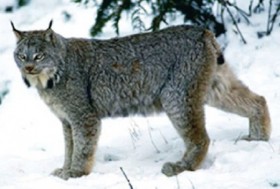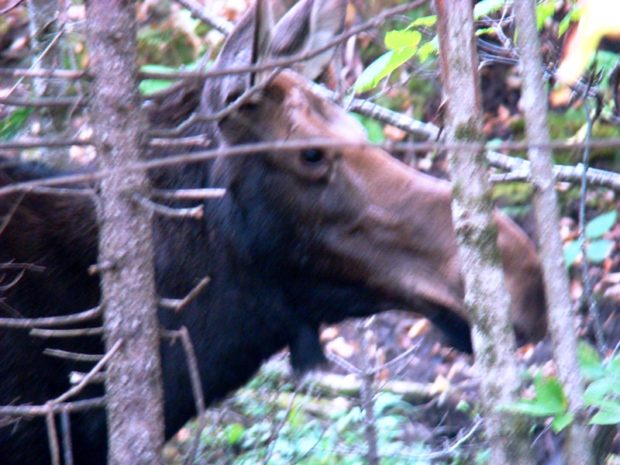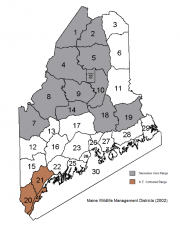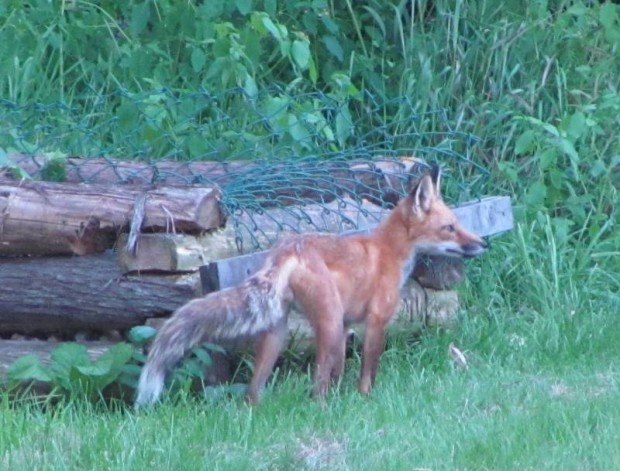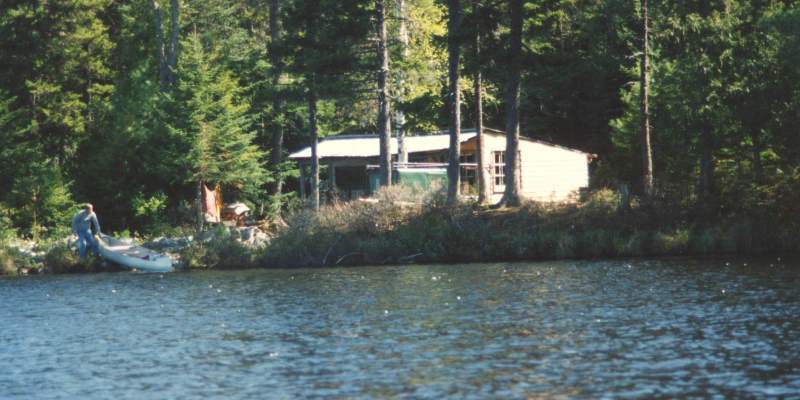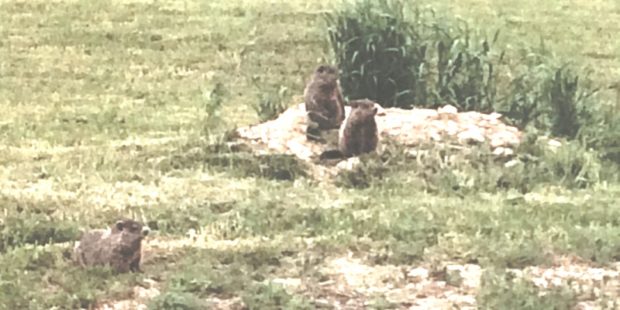Black Bear
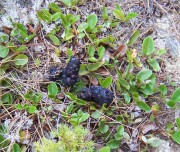
text by Craig McLaughlin Wildlife Biologist, Maine Department of Inland Fisheries and Wildlife Bear Facts Physical Characteristics The black bear, featured above at the Maine Wildlife Park in Gray, is the smallest of the three species of bears inhabiting North America (black, brown/grizzly, and polar), has the widest distribution on the continent, and is the…



